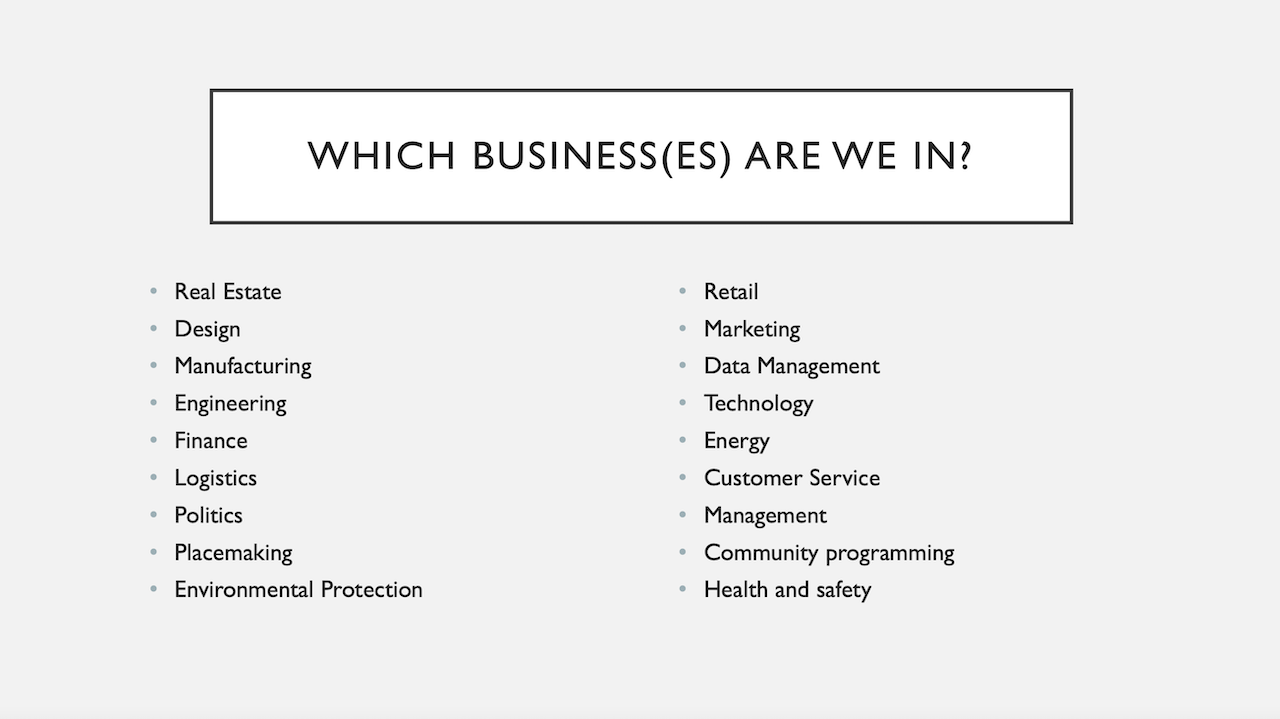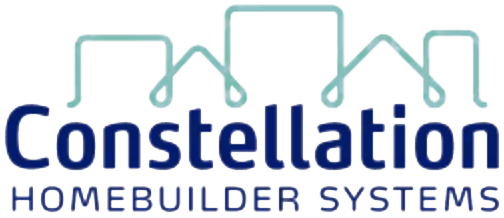Technology
Flux Is Not An Option ... How Homebuilders Manage It Is
When business variables seem each to be channeling their inner VIX index, and when each of those operational spinning plates bears directly on outcomes for every other priority area, agility and resilience emerge as anything but fodder for the B.S. detector.

Buzzwords tend to put us off.
Some we ignore at our peril.
There are two that homebuilding strategists can ill-afford to dismiss as meaningless mumbo-jumbo. In a turbulent, split-personality housing environment – complete with its own one of a kind supply-and-demand hot mess -- they are:
- Agility
- Resilience
If the two buzzy business-school terms blur in your mind as meaning roughly the same abstract thing, (a) you're like me, and (b) you'd do well to think again.
Here's a line of reasoning that you can participate in developing. Scan the following areas of critical homebuilding business priority focus and eliminate any of them that are not subject to changes – constant and meaningful ones – at any given moment.
- home pricing and mortgage tools to maintain orders pace
- business and construction input costs
- internal and operational resource and capability levels
- access to skilled, high-quality subcontractor crews
- mortgage interest rates and borrowing costs
- community absorptions-per-month rates
- construction start-to-completion cycles
- land acquisition and development costs
- value engineering and new product development
- local municipal levies, approval-and-inspection-cycles, hook-up costs
There, without so much as missing a beat, 10 bedrock operational areas essential to a priority list. And you can easily add to the list of "spinning plates." Are any of them ones you can cross of the real-time flux list?
So, when the important business variables seem each to be channeling their inner VIX index, and when each and every one of those operational spinning plates bears directly on outcomes for the other nine priority areas, agility and resilience emerge as anything but fodder for the B.S. detector.
They're both survival tools, and eventually, a solutions platform to succeed.
Here are some resources to explore that operators can access today to operationalize both agility and resilience in a real world full of flux, and in the real-time of multiple spinning plates.
- Navigating Five Moving Targets Essential to 2023's Spring Selling Season
- Brookfield Residential CIO Brandon Sharp On Why Data Matters Now
- Whether Good Signs Build Mojo Or Return To Hibernation, Prepare
Thing is, it's a mistake to believe that agile and resilient are the same and that they address identical opportunities. And this is particularly relevant for a business sector that has grown up through the decades with an almost unchallenged credo that what typically happens will inevitably happen. In a moment of flux like now, waiting for a reversion to mean, or a return to normalization can be as self-destructive as recklessness or profligacy can.
The challenge – and equally, an opportunity – is to recognize and act on the sharp differences between agility and resilience. They're both musts, as is adaptiveness, but what sets them apart – although related – is critical.
Here's a succinct look at the definitions from Harry Hertz, the Baldrige Cheermudgeon, and Director Emeritus of the Baldrige Program:
Agility refers to the ability to make rapid change and achieve flexibility in operations (1) in response to changes in the external environment, or (2) to take advantage of an immediate opportunity.
Resilience refers to the ability to (1) anticipate, prepare for, and recover from disasters, emergencies, and other disruptions, and (2) protect and enhance workforce and customer engagement, supply-network and financial performance, organizational productivity, and community well-being when disruption occurs.
Hertz takes pains to clarify that without both, businesses are fragile, and especially vulnerable during times of volatility and turmoil. Agility, however, he emphasizes is reactive – even if it means being nimble in response.
Resilience is "the goal" Hertz says. Why?
Resilience addresses the capacity for addressing unanticipated, sudden disruptions. Agility is about the organization. Resilience is about the organization, people, and communities. Resilience addresses not only the ability to make change, but also the ability to bounce back and bounce forward. Resilience is about balancing the short-term needs caused by sudden disruptions and also focusing on the long-term opportunities."
For homebuilders – most of whom succeed only if they can drive value across no fewer than 18 discrete areas of business and operational competence – the difference between being agile and being resilient turns out to be critical. A deft response to an onslaught of challenges can only take an organization so far when each of those challenges stacks up to a separately spinning plate.

Only by leveraging fresh, real-time, scrubbed, operational data that matters, and only by widening the company's capability in anticipation of moving parts that don't move according to plan – i.e. resilience – can your team expect to thrive.
The Baldrige Program's Harry Hertz draws from research by Brookings Institution Tech Stream fellows Eleftherios Iakovou and Chelsea White III, to spotlight the kind of actionable data homebuilders can – and must – be able to carry through their end-to-end build cycle in times of high volatility and flux.
To be resilient we need supply networks that are robust and that can recover quickly to the pre-disruption state or, even, a more desirable state. To achieve this resilience requires: (1) rapid detection, response, and recovery from disruptive conditions; (2) end-to-end, data-driven supply network effectiveness. This means being able to trace a successful pathway from raw materials to finished product, from your suppliers' suppliers to the end customer; and (3) redundancies, including emergency stockpiles and diversified sourcing of supplies, including localized sources."
Constellation provides fully-integrated or standalone software solutions expertly engineered to manage the complete ecosystem of a homebuilder’s business functions and growth.
MORE IN Technology
Lennar Taps Into Geothermal To Power New Colorado Homes
A major homebuilder's bet on geothermal heating and cooling for over 1,500 new Colorado homes could pave the way for mainstream adoption as buyers increasingly seek sustainable, energy-saving features.
AI Crushes Missing-Middle Time And Cost Curves Toward Affordability
Developing multifamily rental and for-sale properties takes time — sometimes years -- depending on a labyrinth of zoning rules and the whims of local jurisdictions.
Brandon Elliott’s Next Big Thing: An Uber-Style Building Trades Platform
After selling Elliott Homes to Meritage, the Gulfport, Miss.-based entrepreneur sets his sights on transforming trades with a logistics-tech startup that aims to make construction faster, smarter, and more affordable—starting with siding.


